Growing hot peppers in containers is easy and productive. Here’s everything you need to know to have a fresh harvest.
Hot peppers are a short-living perennial in tropical and subtropical areas (USDA Zones 9-11); this productive vegetable can live for a few years. Also, with care in winter, growing hot peppers indoors is easy; some varieties can be grown as perennials in Zones 7 and 8.
How to Grow Hot Peppers
- Either buy young plants from a nearby nursery or start your own seeds. The germination usually takes 1-3 weeks, depending on the warmth and humidity.
- Sow the seeds almost ¼ inches deep in a seed starting mix. Place the seed trays in a warm spot; a temperature above 60 F (15 C) is important for germination.
- Keep misting the seed tray frequently and keep the soil evenly moist.
- To facilitate seed germination, cover the seeds with plastic wrap and keep them in a warm location.
When is the Right Time to Sow Seeds
You can start to sow seeds for 6-10 weeks before the last frost date indoors or anytime when the nighttime temperature starts to stay around or above 55 F (12 C). If you live in a tropical or subtropical climate, you can start growing hot peppers from seed anytime except the peak summer.
Choosing a Pot for Growing Hot Peppers
Due to their compact growing habit, pepper plants grow successfully in containers. The plant remains under 1 to 3 feet in height (depending on the variety; do check out the best hot peppers to grow in pots). Conversely, in favorable conditions on the ground, some cultivars can grow up to 4 feet tall.
Choose a container with sufficient drainage holes (you can also use grow bags). A 5-gallon pot (12 inches deep and wide, similarly) is sufficient for a single plant for most varieties. Use a 3-gallon pot for small varieties and a slightly larger 7 or 10-gallon pot for growing a large variety or if you live in a warm climate, as peppers are a perennial plant there.
Requirements for Growing Hot Peppers in Containers
Position
It needs a position that receives full sun. They are heat-loving plants like tomatoes and eggplant. If you are short of space, try growing peppers indoors on a sunny windowsill.
Also, choose a spot with good air circulation to avoid diseases. If you’re growing pepper in the tropics, provide shade in the afternoon in summer.
Soil
Buy the best quality potting mix that is well drained and loose, or make your own. It must be rich in organic matter and fertile. For this, you can add well-rotted manure or compost into it at the time of planting.
It’s also a good idea to mix 5-10 gm of neem cake at the time of soil preparation; it will protect the young plants from soil-borne diseases and pests.
Watering
Just keep the soil slightly moist constantly, and never allow the plant to dry out completely. Also, avoid overhead watering, as this may lead to wet foliage, which can cause fungal infections.
At the time when flowers start to appear and fruits begin to form, reduce the watering a little. But be careful, drying out of soil completely results in flower drop.
Temperature
Soil temperature above 60 F (15 C) is required for best growth. The optimum seed germination temperature is above 68 F (20 C). It can tolerate temperatures up to 95 F (35 C) and down to 50 F (10 C) easily. The ideal growing temperature is between 70-90 F (21-32 C).
Chili Plant Care
Fertilizer
Like all other plants in the tomato family, chili peppers are heavy feeders. The best simple way to feed this vegetable is to use tomato fertilizers. The application of compost and well-rotted manure is also favorable. Feeding once a month with compost or manure tea boosts the plant’s growth.
Pinching
Pinching in early growth makes the plant bushier. When the plant is around six inches tall, clip the growing tip, which helps it to be more bush-type. If you see the flowers appearing early, remove them. Do this also at the time of transplanting.
During the growth, look out for diseases or infected foliage or branches and remove them, too. Here’s an excellent article on it; check it out!
Support
Hot peppers require support, especially if you’re keeping your plant in a windy spot. Simply poke a stick near the main stem and tie the plant to it
Deadheading
If your plant is flowering too early, deadhead the flowers; it is important. This will direct the plant’s energy into growing and becoming healthy.
Pollination
Like tomatoes, pepper plants are self-fertile, and you don’t need to do anything.
Pests and Diseases
Aphids are the biggest enemy of pepper plants, so keep an eye on them. Also, in dry and hot weather, spiders can affect the plant. Other pests to look at while growing hot peppers are cutworms, hornworms, and flea beetles. Common diseases are rot, mildew, and bacterial spot.
Harvesting Hot Peppers
Time to harvest may vary and depends on the cultivar you’re growing and conditions, but most of the varieties take 2-4 months.
You can identify this when they are ready from their size. The longer you leave chilies on the plant, the hotter in flavor they become, but at the same time, leaving them on the plant after it’s ready for harvest will decline in further fruiting.

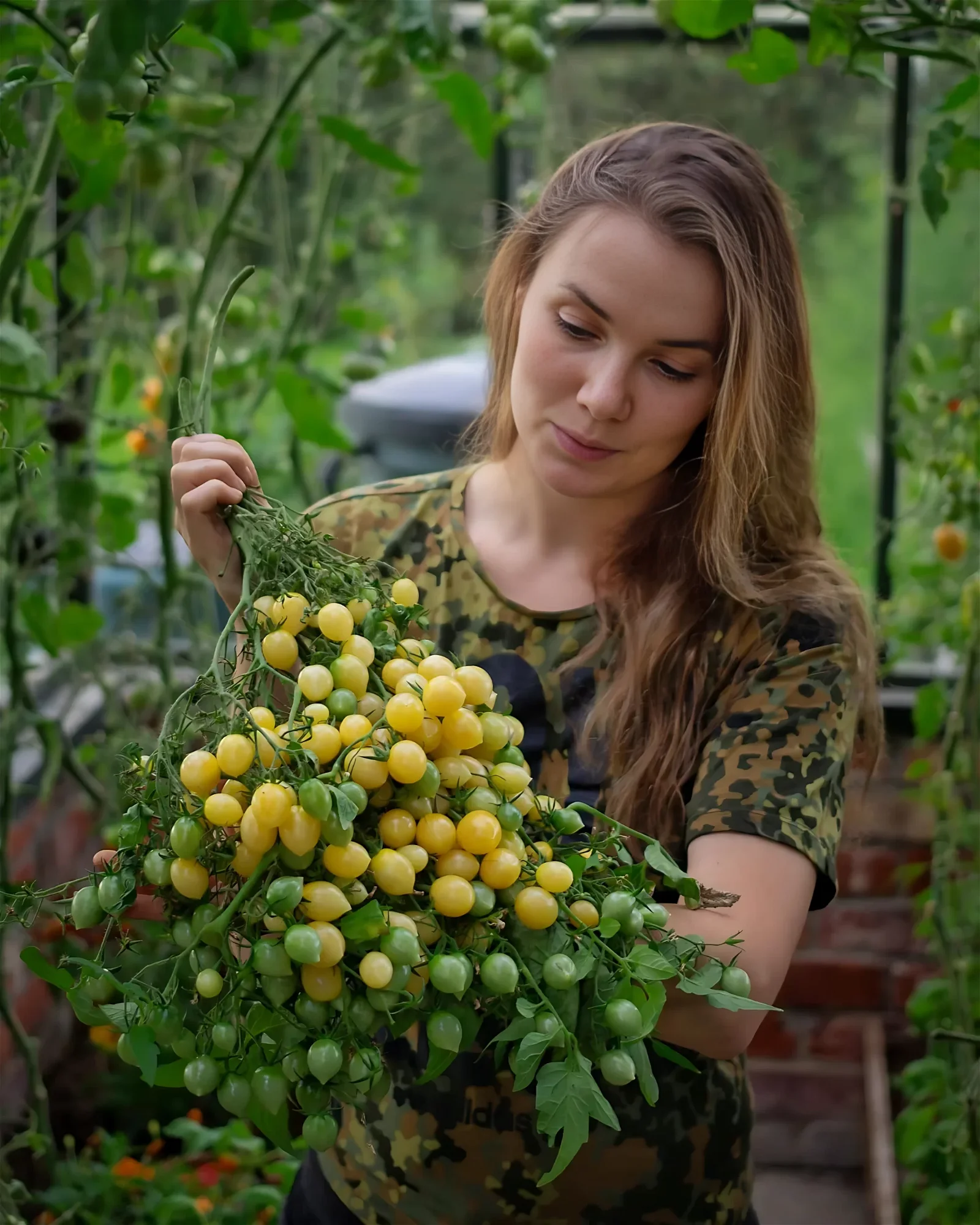
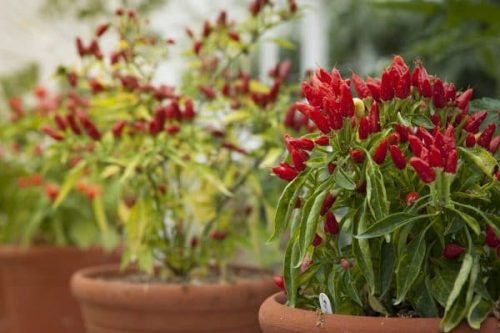
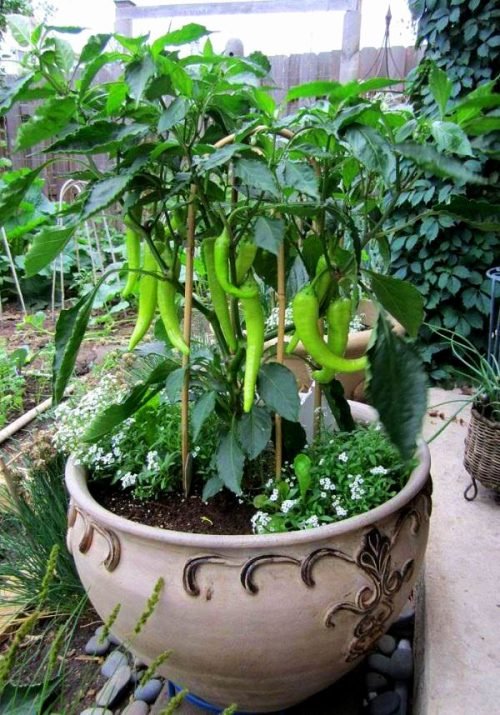
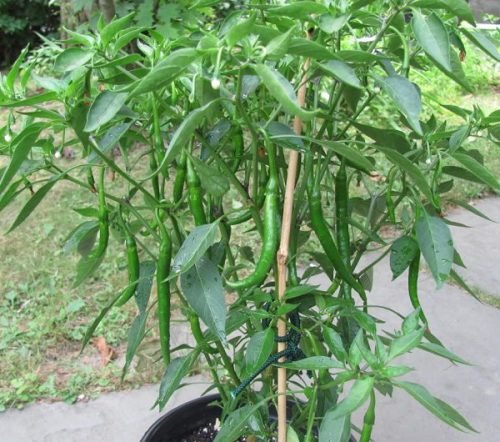
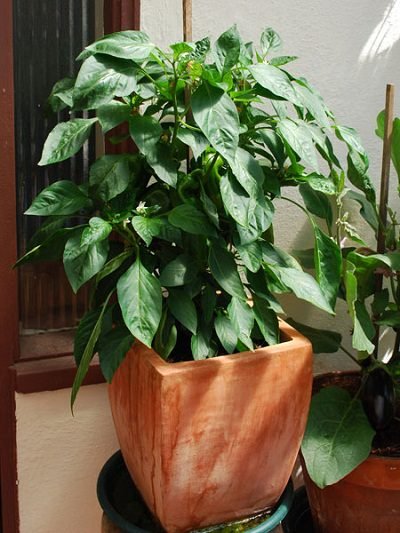

Informative article in a simple language. Would have been more good if name of some common dwarf verities was also indicated.
What is a verity? Is that more good then proper grammar?
Says the guy that doesn’t know the difference between then and than.
Love the reply! Sad that rather than being helpful ppl have to be rude! Speaks volumes about a person.
Agreed to both you and Brad. Especially then and than…shame on that Richard Cranium for his weak attempt.
That’s the joke…
Sad that was your reply. My first thought was that it was entirely possible this person could speak English as a second language. Shame on you. I hope you have become a little more aware than you were a year ago. And remember, people who live in glass houses shouldn’t throw stones. Be blessed.
Actually my chilli plants problem is the drop and die chilly without ripe . Please any idea how to save and well ripe?
Thank you for the information how to plant chilli in my small backyard. It really helpful to me to start planting this summer in my garden…
Nice seed milega ka aue plant bhi
What is wrong with some of you? – people are posting handy tips & hints to Help you grow delicious nutritious herbs & spices and your first reaction is to criticise their grammer!…shame on you! Why not do something useful with your time – grow some ‘Ghost’ Chillies & burn ur wicked mouth!